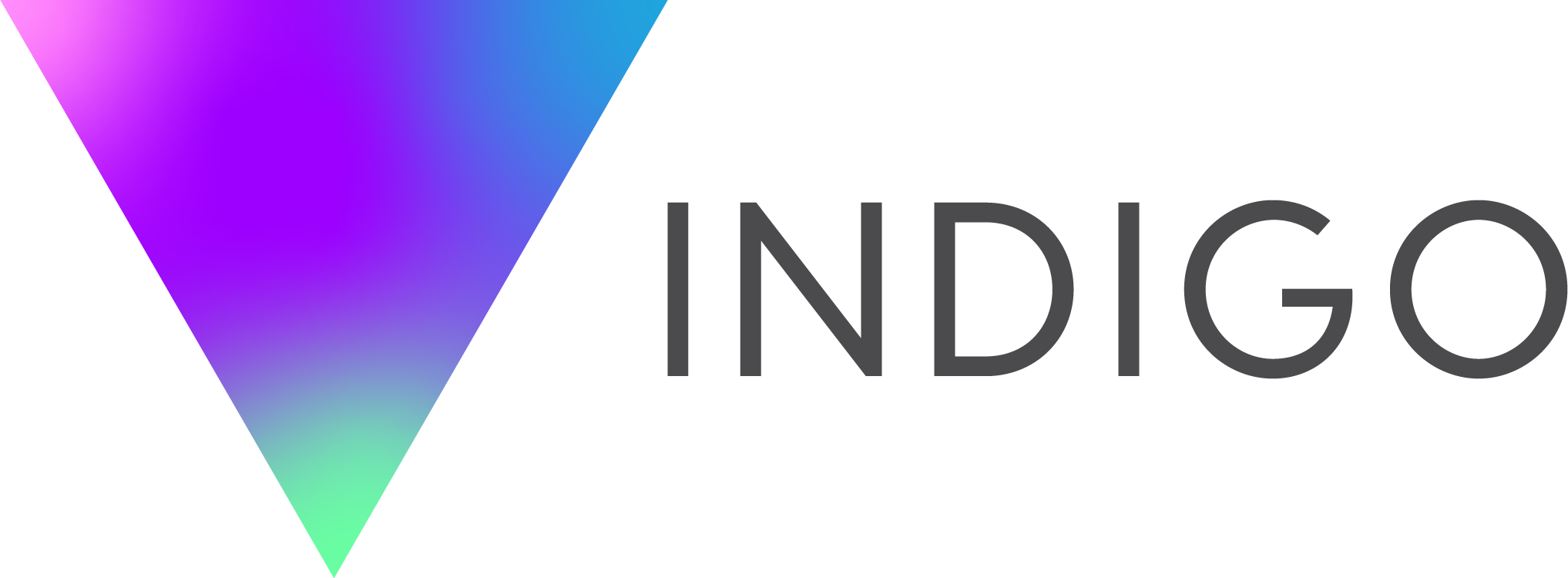Digital Design of the Year 2019
Gold in Website Design 2019
Gold in Website Design 2019
From Designer to DJ, A Look Into the Life of Yoyo’s Creative Lead Mathew Sage
Yoyo’s Creative Lead
by Christina Lauren | 30 Oct 2019



There’s not a soul in existence who doesn’t fondly remember Myspace—after all, it was the first social platform connecting like-minded strangers through shared photos and posts from all over the world. Originating in Kent, England, Matthew Sage saw Myspace as an opportunity to take his digital abilities to the next level. Designing for ten years, Sage proclaims: “I started designing when Myspace was the largest social platform around. I’ve always loved music and used to DJ, which is why I had a Myspace page. I started to notice people creating their own backgrounds for their profiles and this made me want to create my own,” he says.
Yet easier said than done? To utilize the skills and know-how Sage utilized a self-taught approach to learning the process. For example, “I spent lots of spare time learning Photoshop and Illustrator and started sending requests to friends to work on theirs. This made me realize how much I loved designing, so I went off to study at college and have never looked back,” the designer tells us. Interesting, then, that his initial reasoning behind design correlates with his current passion: music. Sage says, “I cannot go a day without it and still love to mix, I’m actually DJ’ing at a local festival next week which I’m really looking forward to. I also love to travel. I think it’s important to see as much of the world as you can, especially when we as designers sit in front of a screen all the time.” Sage as come a long way, as today he operates as the creative lead for the award-winning digital agency, Yoyo.



Yet music isn’t his only way to stay grounded. When it comes to staying creative under such an overwhelming job, the artist admits it, “can be very hard, especially when you have deadlines looming. Whenever I am in these situations I always like to go for a walk and get away from the screen, even if it’s just for 30 mins. Taking your mind off the project can really help you move forward and get ideas flowing again. I also like to speak to the rest of my team and get their opinions and feedback. It helps to know if you are heading in the right direction, and sometimes they can help to look at the project at a different angle,” the designer says.
Such a level-headed approach to a fast-paced realm aids in client satisfaction as well. For when it comes to customer criticism, the artist states: “When working with clients, I think it's always important that you collaborate with them and take them on the journey with you, right from the very beginning. It helps the client to understand where you are going and also makes them feel a part of the process and decisions that are made. My favorite tip is to always ensure you have a rationale as to why you are doing things, it certainly makes it easier when explaining your designs, and if clients question you about your work," he says. This is crucial in persuading a client to trust an artist's judgment, and for Sage, he admits the task is not always rewarding. For example, “It can be a little disheartening when clients give back harsh criticism, especially when you’ve spent so much time on getting everything pixel perfect, but it’s important to not take the feedback personally. If you feel strongly about something you designed and have good rationale you can always push back at least once, but it is also important to listen to the client and work together to find a solution. This will make it a better result for everyone,” he tells us.
In terms of the process and approach, brainstorming is key. “When approaching a design brief, I always like to be able to think ahead before the day I start concepting. A huge part of designing is actually ‘thinking time’ and this helps massively, especially when it comes to concepting and art direction. I also like to create spider diagrams using key pieces of information from the brief. I then start to write inspirational words or objects that keep branching out. This helps me to have a great starting point for my creative ideas and UI inspiration,” says Sage. As for external inspiration, Sage admits the necessity of staying informed on current design trends. For him, it's a daily one-on-one with design sites that do the trick. "For me, I’m constantly on platforms such as dribble and attending conferences such as awwwards. I also follow a lot of designers on Twitter—it’s great to see other designers and developers sharing their work in progress and reading conversations about design-related topics,” Sage says.
When it comes to the creative process, Sage turns to mood boards to execute the flurry of ideas that consume his creative mind. He says: “Once I have some ideas in my head, I always make a note of them to ensure they don't get lost. Then it's onto creating a visual mood board that is always presented to the client [to help] get them involved with the journey. After the mood board is agreed, it's onto my favorite part of the design process, concepting ideas through art direction, interactions, and animations.” The designer relays the importance of thorough knowledge when it comes to a variety of software tools, as the market promotes a plethora of programs all geared toward different project outcomes. For Sage, the essentials are “Photoshop, Sketch & Principle. I find Sketch great for working on my UI and layouts and Principle for interactions and page transitions,” he says.
What does the creative mind behind Yoyo enjoy most about this line of work, we ask? “What I enjoy most is that I can be doing something I love and have the opportunity to help create great looking products. I also have to say that I feel very lucky to work and collaborate with such a great bunch of people,” he says. After all, people inspire people. Those who’ve had the greatest impact on the designer’s achievements stem from minimalist works, especially in the realm of Scandinavian design. “Inspiration and influences can really help your thinking, Sage says, and with minimalism, “Everything is simple, has plenty of space, and is always functional.” As for repeat-worthy advice from some of the best? Sage refers to Daan Klaver, co-founder of Amsterdam’s Build, who states: “Steal from anywhere that resonates with your gut feeling, or anywhere that inspires you. It’s not where you take them from, it’s where you take them to.”
What more will we be seeing from Sage in the future? “I always want to continue to challenge myself and learn more. At the moment, I’m keen to understand more about animation to really help push my concepts further. In terms of projects in the future I would like to be working with more artists and designing more brochure-led websites,” he says. Learn more about the DJ and award-winning graphics guru at https://dribbble.com/madeofpixels @matttsage.







